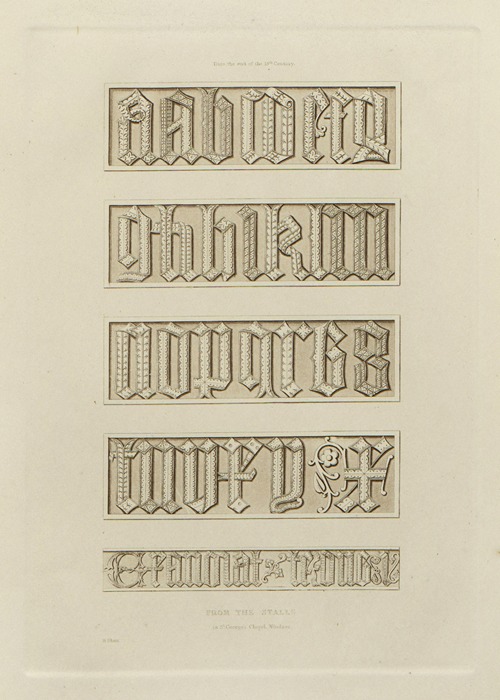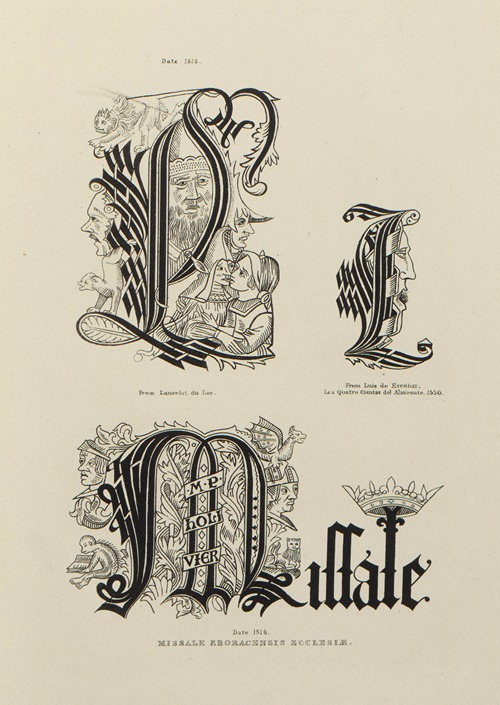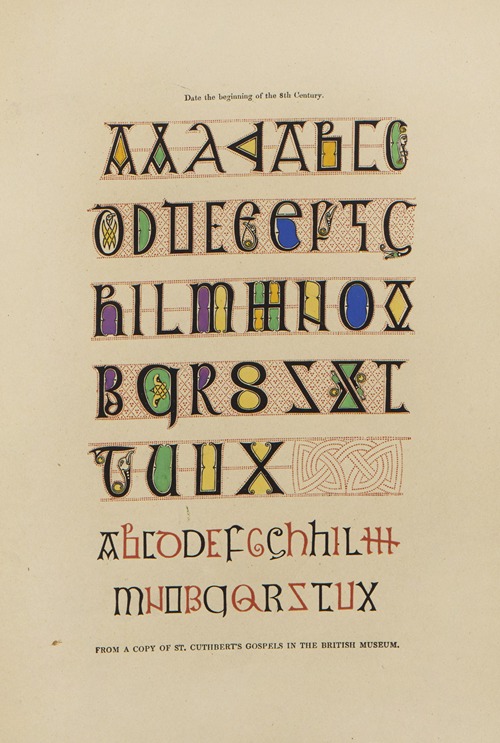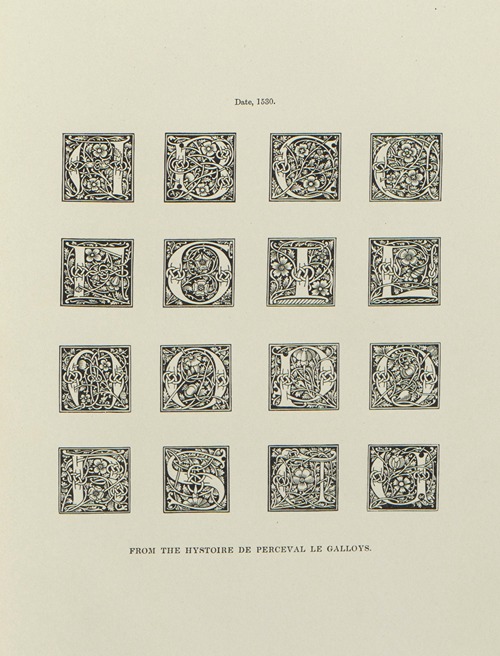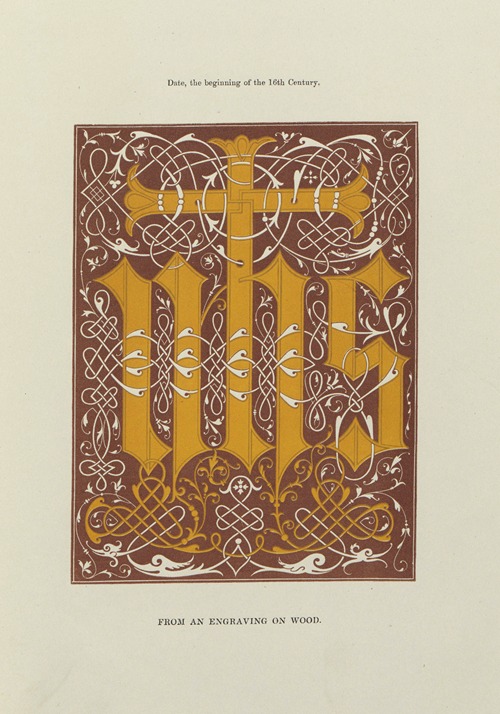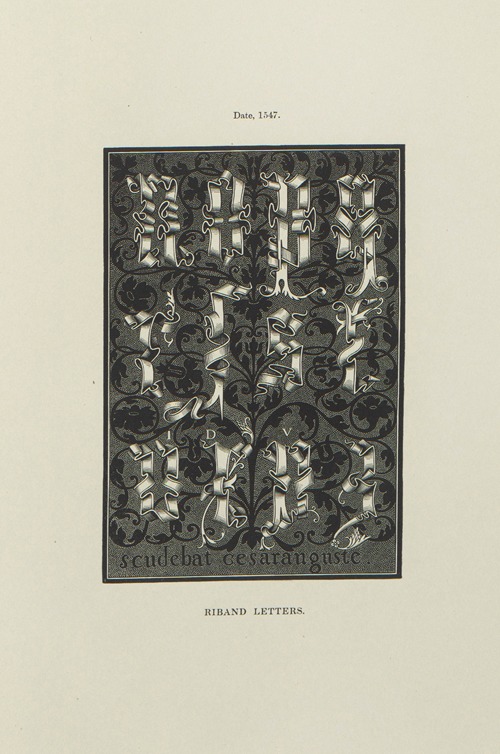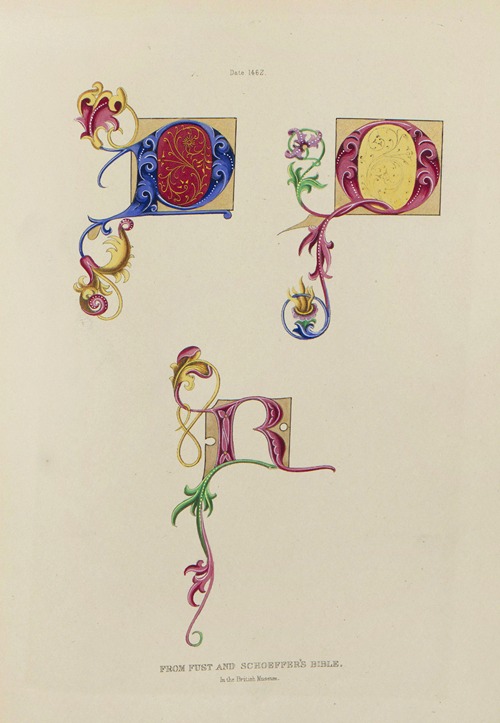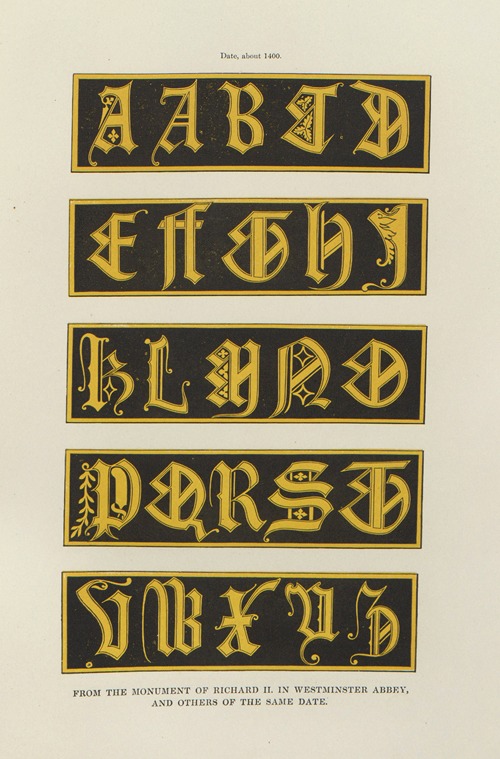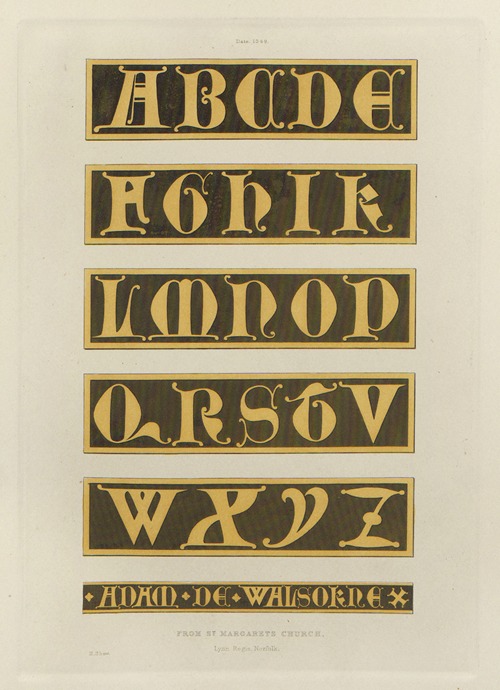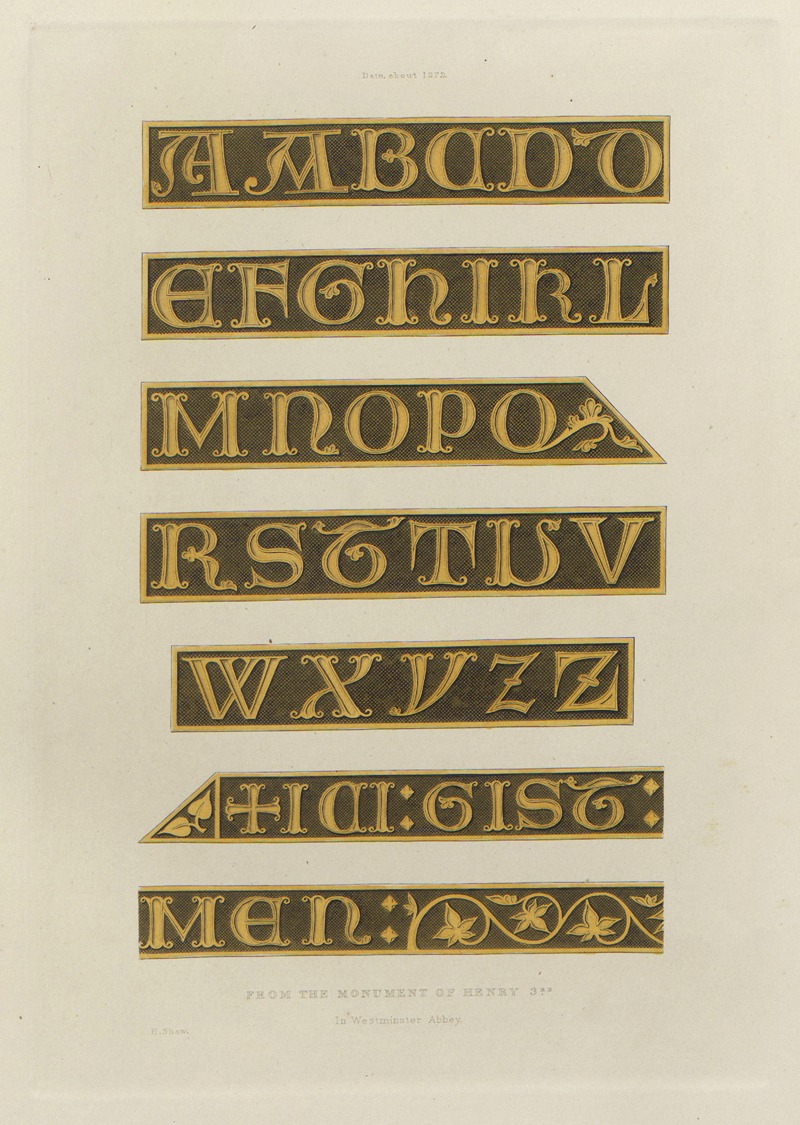
Henry Shaw was an English architectural draughtsman, engraver, illuminator, and antiquary.
Shaw was born in London on 4 July 1800, and first developed his drawing. He was elected a Fellow of the Society of Antiquaries of London in 1833. He died at Broxbourne, Hertfordshire, on 12 June 1873.
Shaw was employed by John Britton on his Cathedral Antiquities of England, supplying illustrations of Wells Cathedral and Gloucester. In 1823 he published A Series of Details of Gothic Architecture, and in 1829, with plates drawn and engraved by himself, The History and Antiquities of the Chapel at Luton Park; the florid Gothic architecture of Luton Park was destroyed by fire in 1843.
He contributed papers to the Proceedings of the Society of Antiquaries, including an 'Account of the Remains of a Tile Pavement recently found within the precincts of Chertsey Abbey, Surrey' (Proceedings, 1856, iii. 269–77). He edited in 1848 a reproduction of Walter Gidde's 'Booke of sundry Draughtes principally seruing for Glaziers, and not impertinent for Plasterers and Gardeners,' originally published in 1615. He also designed or adapted, and drew on wood, the initial letters and all the decorative portions of Longman's edition of the New Testament, published in 1864.
